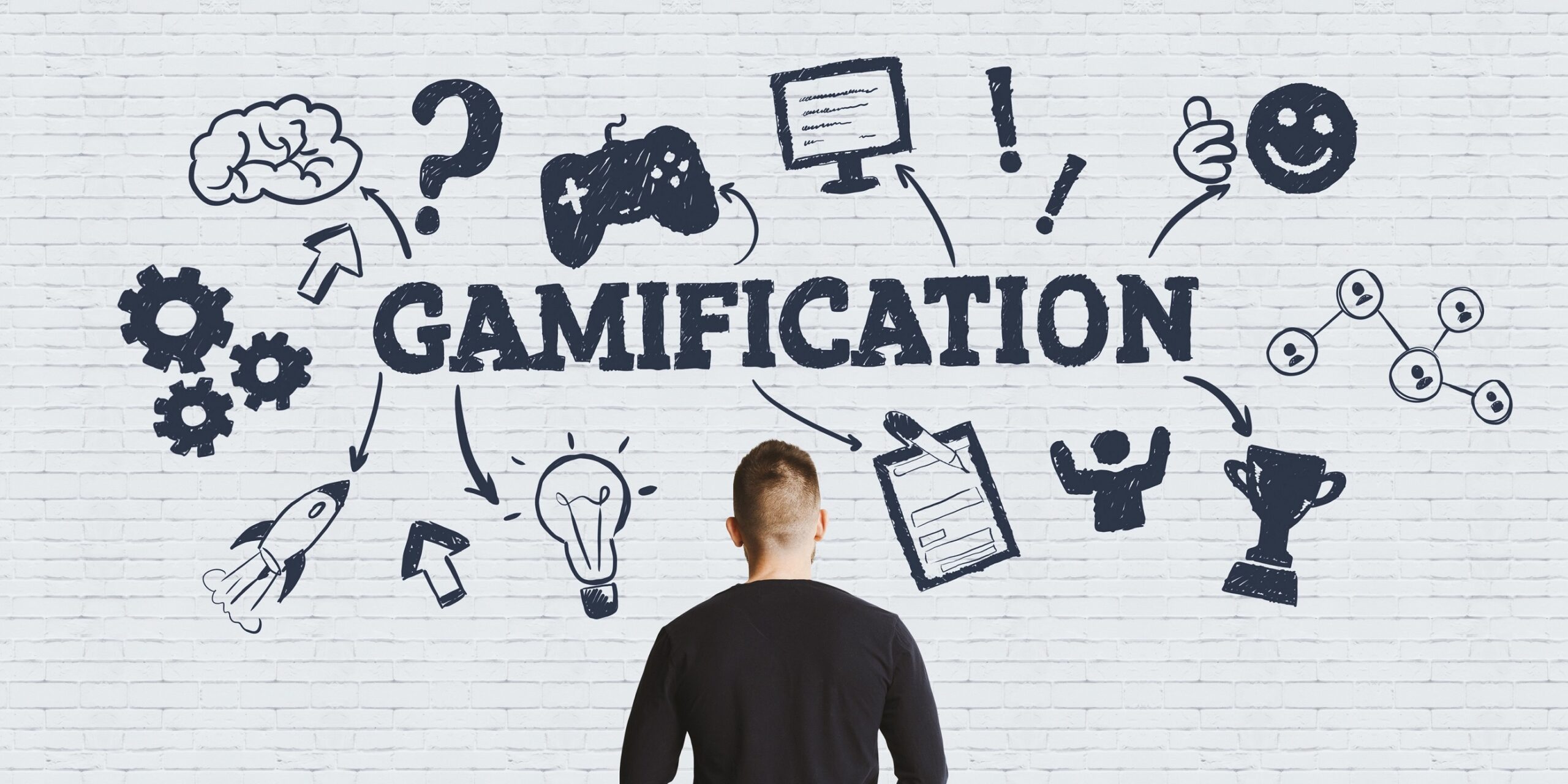The underlying concepts of happiness and fun are what keeps us all intertwined with the nature of activities we prefer to perform. What if we could turn our learning materials into an entertaining piece of knowledge that can keep us motivated when we are learning?
Yes, the idea of ‘gamifying’ the learning materials can go a long way in keeping the learners motivated to learn and understand the material without feeling overwhelmed or bored.
Here are few tips that can elevate your gamification strategy:
Recognise your target audience
Despite the impressive statistics of gamified learning, no gamification method can be guaranteed to function with all learner demographics. As a result, a successful gamification approach must begin with a thorough understanding of the target audience. The correct solution is determined by factors such as their average age, job description, technical competency, and even cultural concerns.
Explain the concept of selections
Post gaming routines are sometimes too familiar, causing learners to lose interest quickly. The learner should control some parts of the experience as part of your gamification approach. Individual avatars, roles, and environmental choices, for example, are an excellent starting point. You can also consider offering trade-off options to make the experience more intriguing and, in the end, more rewarding.

Constantly provide feedback
Although delayed feedback and satisfaction may be more beneficial, a gamification tool is perfect when learners feel that their learning experience is “active”. Constant feedback in the form of clues, suggestions, and advice makes the learner feel as if the question they’re dealing with is speaking directly to them, increasing their engagement. You should also provide compelling reward components such as badges, trophies, and leaderboard positions to the learners.
Increase the stakes
The last and most crucial aspect of creating a successful gamification strategy is to avoid monotony. Gamified solutions frequently require learners to repeat the same task repeatedly, spanning several rounds/levels. As the effects wear off, this becomes tedious. With each new phase of the solution, you must continue to increase the complexity and challenge.
In short, when strategised correctly, gamification can paint colours to rather bland learning material and keep the learners on their toes in learning, providing them with a sense of achievement.
At XpertLearning we create high impact and engaging custom content for your organisation’s learning and training needs, using gamification strategies that revolves around challenging and rewarding learners as well as motivating and training them at the same time.
-Writations

